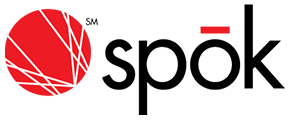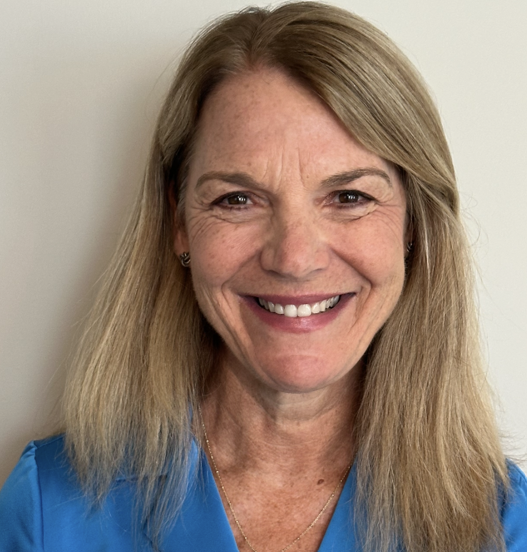Blog
4 ways improving clinical communication boosts patient safety
When patients arrive at your hospital, they’re trusting your organization and clinicians to improve their well-being in both significant and subtle ways. There’s an unspoken assumption, a social contract really, that they’ll receive safe care within your facilities.
Despite the best efforts of your employees to deliver exceptional experiences, adverse events and near misses still happen and cause patient safety issues. Delayed critical test results can extend treatment time, and patients may fall while trying to get out of bed.
Both examples—and many more—have one thing in common: communication breakdowns.
Patient safety in healthcare is intrinsically tied to how hospital employees communicate every minute of the day. These four areas demonstrate how successful workflows, rooted in effective information sharing, are the key to effective operations.
1. Critical test results can quickly reach the ordering provider with closed-loop reporting
The volume of test results in the U.S. is staggering, with an estimated 14 billion clinical tests annually. This is in addition to the over 607 million annual medical imaging procedures in 2023 with MRIs, CTs, X-rays, ultrasounds, cardiac scans, and more.
Many hospitals, reference labs, and radiology departments still rely on manual processes, including phone calls, printed results, and faxes to communicate information. These time-consuming and inefficient procedures can’t readily ensure that critical results have reached the clinician, enabling them to act in a timely manner and continue meeting patient safety goals.
The Joint Commission’s National Patient Safety Goals® (NPSG.02.03.01) states: Report critical results of tests and diagnostic procedures on a timely basis.
To meet this standard, hospitals need an effective communication platform with on-call scheduling and up-to-date contact information to deliver these results quickly via secure messaging. Furthermore, closed-loop reporting capabilities allow providers to acknowledge critical results while visualizing this information for accreditation audits.
2. Clinicians experience lower levels of burnout—and ultimately—turnover
Healthcare environments leave clinicians at a high risk of burnout: a long-term stress reaction marked by emotional exhaustion, depersonalization, and a lack of personal accomplishment.
In this year’s State of Healthcare Communication Report, 31% of participants described themselves as experiencing “a great deal” or “considerable” levels of burnout. This number has lessened since the COVID-19 pandemic, but the work isn’t done yet.
Burdensome or increased workloads, not directly related to medical care and poor integration into clinical workflows continue to be the most common contributors to clinical burnout. Simplifying communication processes can alleviate this problem, leading to more efficient information exchanges and, ultimately, better patient safety practices.
3. Respond quickly to patient call requests
Patient in pain pushes nurse call button
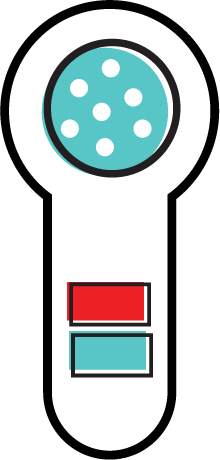
Spok detects the nurse call event and triggers workflow actions
Nurse receives notification and calls patient
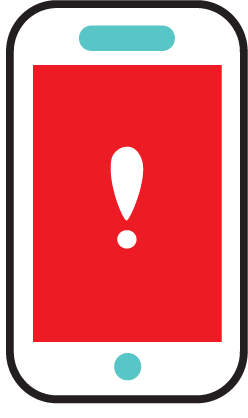
Spok maintains audit trail and enables direct callback to pillow speaker
Nurse securely messages patient’s physician
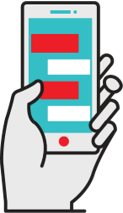
Spok clinical application used to collaborate on the care plan
Physician communicates back to the nurse there is a new pain medication for the patient
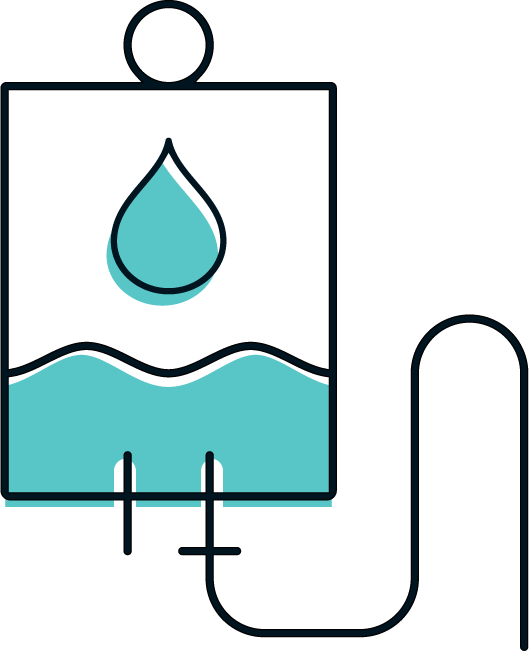
Spok facilitates the care team communication for timely intervention
When it comes to patient safety in healthcare, an important part of a nurse’s shift is responding to patient needs and involving physicians as required.
When a patient calls for assistance, the call is often routed to a nursing console on the unit. With unit secretaries now wearing multiple hats and not always staffing the console, the call might go unanswered for several minutes.
When someone does respond and asks the patient about the need, it then takes additional time to track down either the nurse or a certified nursing assistant (CNA) to fulfill the request.
But what happens if this process takes too long? Patient safety is at risk if the patient feels frustrated or upset. Delays in communication and assistance can also lead to preventable falls, which means the patient could be injured, and the hospital will lose reimbursement for the associated care.
Technology can enable quicker response times to call requests and route them to ancillary staff, lessening alarm fatigue for nurses across the board. These solutions can help circumvent wait and triage time at the unit’s central desk by connecting a patient directly to the caregiver’s mobile device—such as a smartphone, voice badge, or Wi-Fi phone.
Nurses can then call right back to the room from their devices and speak directly with the patient because they can instantly assess the situation and provide more efficient responses. Nurses can also collect supplies or medications while heading to the patient’s room, if necessary.
Additionally, for situations when the nurse is busy caring for other patients and can’t respond to the call, technology can automatically forward the notification to the next available staff member.
4. Activate code teams quickly and reliably
Patient safety in healthcare changes quickly; a patient can be stable for one minute and require lifesaving care the next. Seamless care coordination and fast intervention are essential to time-critical conditions such as sepsis response, cardiac arrest, and more.
These processes require the immediate activation of a rapid response team. Technology can mobilize orders from the EHR to make messages more actionable by including key contextual information.
For example, secure messaging applications can pull information directly from a hospital’s on-call schedule by name, role, or group. A clinician’s search for “Rapid Response Team” can display the on-duty members, along with on-call employees.
Even if this group is dynamic—meaning that the members will change based on the day or shift—the application incorporates all the right people based on an integrated on-call schedule and directory information.
Improving patient safety remains a critical challenge for many hospitals throughout the country. By looking at your own workflows with a fresh eye, you can better identify areas of improvement that will result in better outcomes and improved employee satisfaction.
Explore how Spok Care Connect® can help meet your patient safety goals with an all-encompassing approach to care team communication.
